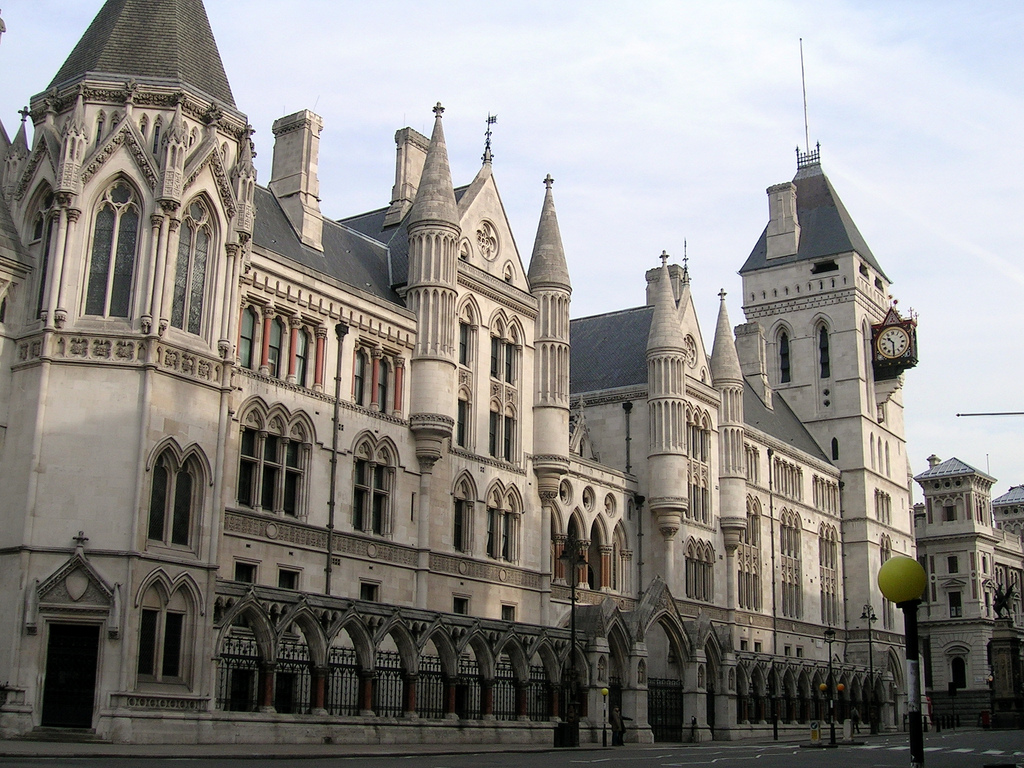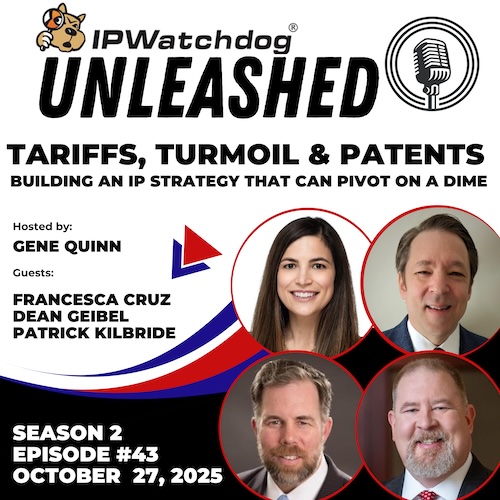“[A]n AI model such as Stable Diffusion which does not store or reproduce any Copyright Works (and has never done so) is not an ‘infringing copy’ such that there is no infringement under sections 22 and 23 CDPA.” Mrs Justice Joanna Smith
Today, Mrs Justice Joanna Smith DBE of the United Kingdom’s High Court of Justice issued a highly awaited ruling in Getty Images (US) Inc. v. Stability AI Ltd., a case which was expected to have major implications in determining liability for generative artificial intelligence (AI) developers under UK intellectual property law. The 205-page decision, which mainly focuses on Getty’s trademark claim while also clarifying important aspects of secondary copyright liability in the AI context, failed to address certain fundamental questions in large part because Getty failed to raise sufficient evidence to proceed with its claim of primary copyright infringement at trial.
Primary Infringement Claim Removed from Case for Lack of UK Development Evidence
Getty Images sued Stability AI in the UK back in January 2023, alleging a host of legal violations including primary and secondary infringement under UK copyright law, database right infringement, trademark infringement and passing off. Getty’s claims focused on the Stable Diffusion deep learning AI model, which is trained by repeated exposure to massive data stores to transform written user prompts into synthesized images. Justice Smith’s ruling noted that, across various versions of Stable Diffusion, essential to this process is the iterative removal of noise from a random noise image to create an image semantically consistent with the written user prompt.
In order to train Stable Diffusion, Getty claimed that Stability scraped data from millions of copyrighted works from Getty’s websites without authorization. Following trial this June, Getty abandoned its primary infringement claim because it offered no evidence that Stable Diffusion’s training and development took place in the UK. Further, prompts allegedly generating infringing output had been blocked by Stability, substantially achieving the relief to which Getty would have been entitled. This also narrowed Getty’s database rights infringement claim from the case, though Getty continued to press its claims against Stability’s outputs including Getty’s trademarks, and its claim for secondary infringement based on the development of Stable Diffusion’s model weights.
More than 100 pages of Justice Smith’s ruling deals with Getty’s trademark claims under Sections 10(1)-(3) of the UK’s 1994 Trade Marks Act. These sections respectively provide causes for trademark infringement for use of an identical mark on identical goods and services irrespective of consumer confusion; for use of a similar mark on similar goods and services causing consumer confusion; and for identical or similar marks taking unfair advantage of or causing detriment to a distinctive trademark with a reputation in the relevant territory. Getty’s trademark claims focused on watermarks affixed to its images appearing in Stable Diffusion’s synthetic image outputs.
At the outset of deciding Getty’s trademark claims, Justice Smith noted it was impossible to identify when each Stable Diffusion model generated an allegedly infringing trademark, leading her to accept Getty’s contention that the court must assume the relevant dates for infringement from the release of each model. Getty’s evidence featured image outputs including the allegedly infringing Getty Images and iStock watermarks that were either generated by Getty for purposes of the litigation or collected from online platforms like Reddit.
Intangible Articles Can Be Infringing Copies, But AI Model Doesn’t Store Images
Justice Smith’s ruling vindicated Getty’s trademark claims of Section 10(1) double identity infringement and Section 10(2) infringement, but limited to certain images containing watermarks included as evidence of Getty’s wider infringement claims. As to Section 10(2) infringement, Justice Smith pointed out that she was unable to find infringement for Getty watermarks produced by a “news photo” prompt employed by Getty’s counsel without evidence that real-world users entered the same written text. As to Getty’s reputational claim under Section 10(3), Justice Smith stated that the evidence clearly showed the presence of watermarks was undesirable and that Stability’s actions to filter watermarks out of outputs belied Getty’s arguments that Stability wished to take unfair advantage of its reputation.
Very briefly, Justice Smith also dismissed Getty’s passing off claim, declining to address Getty’s assertion that any success on its Section 10(1) or 10(2) trademark infringement claims would lead to a legitimate claim of misrepresentation likely to deceive the public and cause damage. Justice Smith found that Getty failed to properly address Stability’s arguments that passing off does not extend to post-sale confusion, relevant to the current context in which the tort only arises after the user decides to download or otherwise access Stability’s platform.
Moving on to Getty’s claim for secondary copyright infringement, Justice Smith acknowledged that the case raised two novel issues under the UK’s 1988 Copyright, Designs and Patents Act (CDPA). First, Justice Smith ruled that intangible articles such as Stable Diffusion AI models are capable of being “article[s]” for the purposes of CDPA Sections 22 and 23, disagreeing with Stability that the term “article” is properly limited to tangible objects. Finding that Stability’s definition would deprive authors of protection for electronic copies, Justice Smith construed “article” in light of other CDPA sections establishing primary infringement for storage of copyrighted works “in any medium by electronic means,” leading to the conclusion that Stable Diffusion could be an infringing article.
However, in deciding novel issues surrounding the meaning of “an infringing copy” in the CDPA’s statutory language, Justice Smith found that Stable Diffusion AI models were not themselves infringing copies of Getty’s copyrighted images. “[A]n AI model such as Stable Diffusion which does not store or reproduce any Copyright Works (and has never done so) is not an ‘infringing copy’ such that there is no infringement under sections 22 and 23 CDPA,” said the decision.
Analogizing to the High Court’s 2004 decision in Sony v. Ball, in which Ball’s RAM chips were no longer infringing copies when they did not store reproductions of Sony’s PlayStation 2 games, Justice Smith pointed out that Stable Diffusion’s model weights did not store infringing copies, nor were they themselves infringing copies, notwithstanding being exposed to copyrighted content during training.
“Although Stability AI largely prevailed, this was not a sweeping win for either side, nor a decision that will have the impact some may have hoped for,” said Jonathan Ball, Partner at Norton Rose Fulbright, in an email shared with IPWatchdog. Fundamental questions raised by Getty’s primary copyright infringement and database rights infringement claims remain unanswered. However, Justice Smith’s clarification of the meaning of “article” and “infringing copy” does provide helpful guidance both for content owners and AI developers, Ball added.

![[IPWatchdog Logo]](https://ipwatchdog.com/wp-content/themes/IPWatchdog%20-%202023/assets/images/temp/logo-small@2x.png)


![[Advertisement]](https://ipwatchdog.com/wp-content/uploads/2025/08/LexisNexis-Nov-11-2025-sidebar-700x500-1.jpg)
![[Advertisement]](https://ipwatchdog.com/wp-content/uploads/2025/10/DeepIP-Nov-18-2025-sidebar-700x500-1.jpg)







![[Advertisement]](https://ipwatchdog.com/wp-content/uploads/2021/12/WEBINAR-336-x-280-px.png)
![[Advertisement]](https://ipwatchdog.com/wp-content/uploads/2021/12/Ad-4-The-Invent-Patent-System™.png)




Join the Discussion
No comments yet. Add my comment.
Add Comment